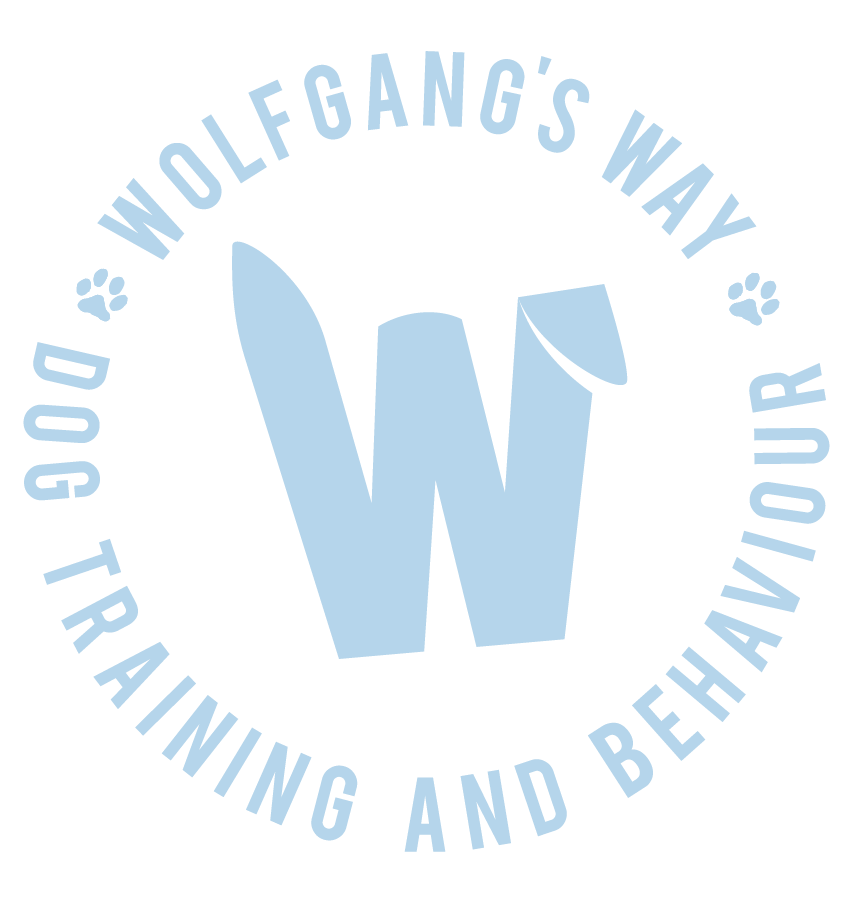Separation Anxiety Training Success
USE GRADUAL EXPOSURE
The most effective way to generate results is to use a method called gradual exposure. This means you will only ever expose your dog to absences s/he can easily cope with, and with this turn your dog’s emotional association with being home alone from negative (stressful, scary) to positive (calm, confident and happy).
————————————————————————————————————
SET uP yOUR dOG fOR sUCCESS
By providing adequate physical and mental exercise (considering your dog’s age, health, energy levels etc). Meeting your dog’s individual needs so they are in the best possible place to learn that being home alone is ok.
————————————————————————————————————
PUT MANAGEMENT IN PLACE
So your dog will never be left alone for longer than he or she can comfortably handle. Get a list of reliable people together including dog walkers/ sitters, friends, neighbours and family.
————————————————————————————————————
RULE OUT POTENTIAL MEDICAL ISSUES
Underlying physiological conditions such as pain and discomfort can impact on a dog’s overall anxiety levels.
————————————————————————————————————
MANAGE OTHER STRESSORS
Manage, and work on counter conditioning, any other triggers in your dog’s day to day as these can impact on how your dog handles being left home alone.
————————————————————————————————————
GET THE ORDER OF EVENTS RIGHT
Focus solely on departures to start with, then add in pre=departure cues such as putting on your shoes or coat or taking your keys. You may find that most of those aren’t scary anymore to your dog once they are happy to be home alone.
If you need help with your dog’s separation anxiety or related behaviours, get in touch.
You can book a FREE 15 minute phone call to discuss your needs here.
